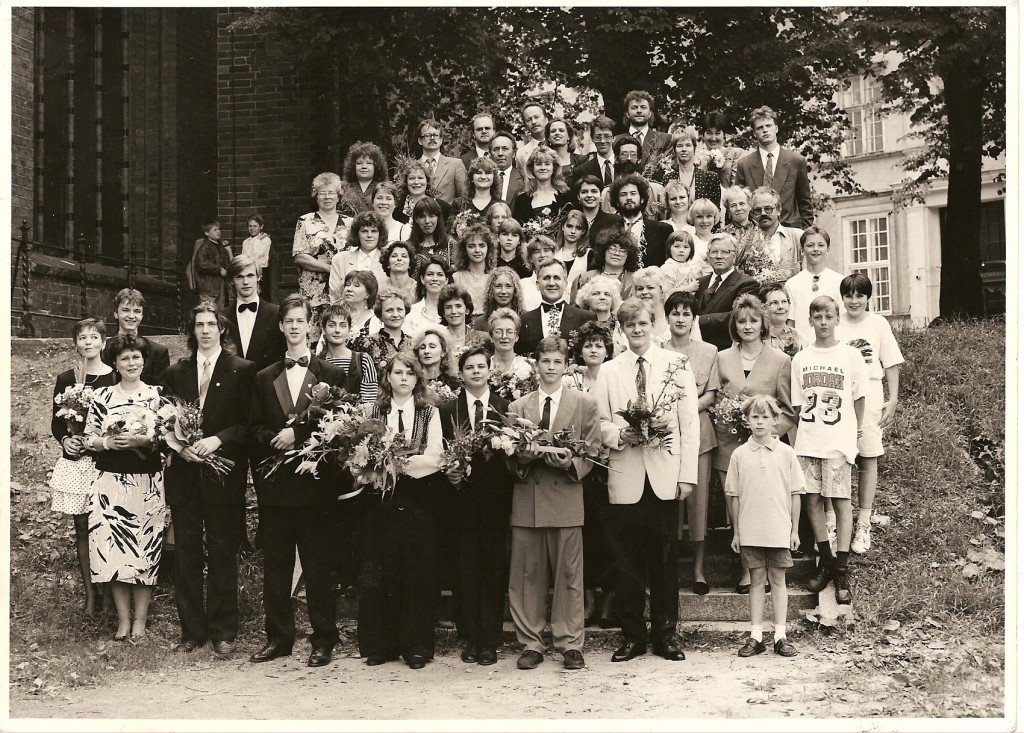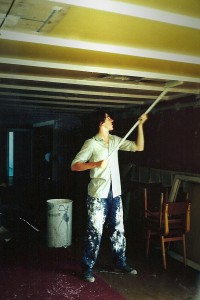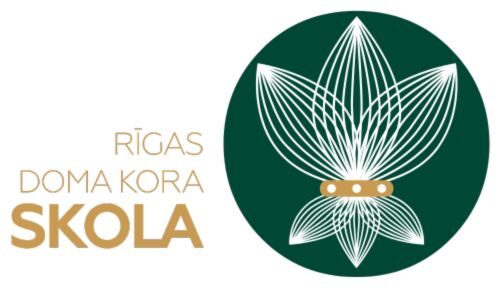Look back at the history of the formation of the school
The model of Riga Cathedral Choir School is a mix of the world’s best choir school traditions and Latvian culture education. RCCS has established its place in Latvian and European education systems, and has proven the necessity and viability of such an educational model with all of the success that the school has achieved. RCCS has students from all over Latvia, graduates send their own children to study at RCCS and it has proven to be attractive to foreign exchange students.
The founding of Riga Cathedral Choir School was not a sudden, hasty or ill-advised decision. First ideas about the possibility of creating a school of a new model came to Janis Erenstreits, Maris Kupcs and Valdis Bernhofs after years and years of getting thoroughly familiar with the different experiences at choir schools around the world (USA, UK, Germany, the Netherlands).
To better understand the long journey full of searching and doubts, which eventually led to the idea of founding a new school, let us return to the recent past.
In 1950, at the initiative of Jekabs Medins, a boys’ choir was created at the Emils Darzins music school. In 1969, Janis Erenstreits became the choir’s artistic director and remained in this post for the next 25 years. Since the period of time allocated for schooling a boy’s voice (up to voice break) is very short –an average of 3 – 4 years and, furthermore, a boy’s voice at this stage in life is more fragile than any of the finest musical instruments -, the main concern for J. Erenstreits was the continuous succession of the choir’s singers. When addressing the parents of the talented young singers, it was often the case that the parents would love if their son sung in the choir but the doubts about receiving a quality general education discouraged them from taking this step. In search of a solution to this issue, J. Erenstreits came to the idea of a boys’ choir studio establishment. The singing boys then could sing in the choir whilst continuing their education in general education schools. The creation of such a studio was supported by the parents and it worked very well, however, often the activities of the choir led to the students missing lessons at school which was a problem in itself, and, futhermore, the students had to address and solve these problems themselves with their according school.
Addressing small talented singers parents often received answers that they would love to sing in the choir son, but to send their offspring to a special music school discourages doubts about the general education gap. Finding a solution J. Erenštreits came to the idea of a boy choir studios establishment. The singing boys then be able to operate in the choir, continuing education in mainstream schools. The boys’ choir studies supported the establishment of the parents and it worked very well, but sometimes choral activities due to major problems for learners represented a significant delay in their schools, the consequences of which every student had to be addressed individually.
During the years of the Awakening, Janis Erenstreits formed a significant cooperation with Dean Janis Liepins and increasingly the boys’ choir was invited to sing at the Riga Cathedral. Historically, a boys’ choir was a substantial part of the Riga Cathedral from 1240 to 1831. For over 150 years this tradition had been lost and the restoration of it could only be possible after the restoration of Latvian independence. And thus in 1990 on the foundations of Emils Darzins Music School Boys’ Choir, the Riga Cathedral Boys’ Choir was formed. That same year, Janis Erenstreits organised the first International Boys’ Choir festival “Riga Cathedral”.
After getting acquainted with the boys’ choir experiences around the world (England, Denmark, Belgium, Germany, USA, Canada) and taking into account that in many cases, the outstanding work of the boys’ choirs was based in strong, specialized professional choir schools, new ideas about possible improvements for Emils Darzins Music School teaching work came along, as well as ideas on how to achieve better creative potential from the choral and conducting departments of the school.
In the beginning of the 90ties, on his own initiative and with the funds provided by sponsors, J. Erenstreits created a spacious rehearsal hall for the boys’ choir. The management of Emils Darzins Music School welcomed J. Erenstreits’ activities with dismay, slowly creating a gap of mutual distrust between the choral and conducting departments and the Emils Darzins Music School management. It was becoming increasingly difficult to implement new initiatives and flexible teaching process for the boys’ choir, and after failed attempts to find a compromise, J. Erenstreits, along with a group of like-minded colleagues, decided to follow a different path and start creating a new school.
Contrary to skepticism and unbelief of many, after overcoming serious bureaucratic obstacles and massive organizational work, with the support of the Ministry of Culture, the new school was founded in 1994. The name Riga Cathedral Choir School was chosen for historical reasons – there once had been a Domschool nearby the Riga Cathedral, which initially had been a spiritual but later –a secular school.
The Ministry of Culture allocated a building for the use of the school – the boarding house of Emils Darzins Music School, which was in very poor condition. In order to ensure wholesome learning process, the existing space had to be significantly reshaped – the small (18 m2) rooms were entirely inappropriate for class use. Aware of the difficult economic conditions of the time (it was only the fourth year of Latvian independence), after J. Erenstreit’s initiative, the help of teachers, students, parents and sponsors was involved to set up classrooms, offices, libraries, sound libraries and to carry out the most necessary overhauls and cosmetic repairs, set up the sanitary-hygienic system, dormitories and provide the technical support for musical training – instruments and sound equipment.
In 1997, the teachers, together with the parents of students founded the Riga Cathedral Choir School Aid Society. In later years the RCCS Aid Society has helped to attract sponsors to secure funds for the creation of the conductor centre, Home Economics, Computer, Chemistry-Physics and History-Geography classrooms, a canteen, kitchen, the renovation of the office and teachers’ rooms, the repairs of corridor flooring, interior and exterior stair renewal, the creation of a Jazz classroom, wardrobe cabinet installation and school exterior landscaping and cleanup.
To this day, RCCS is constantly being improved and developed.
Photo from Aivars Krastins’ archive.
